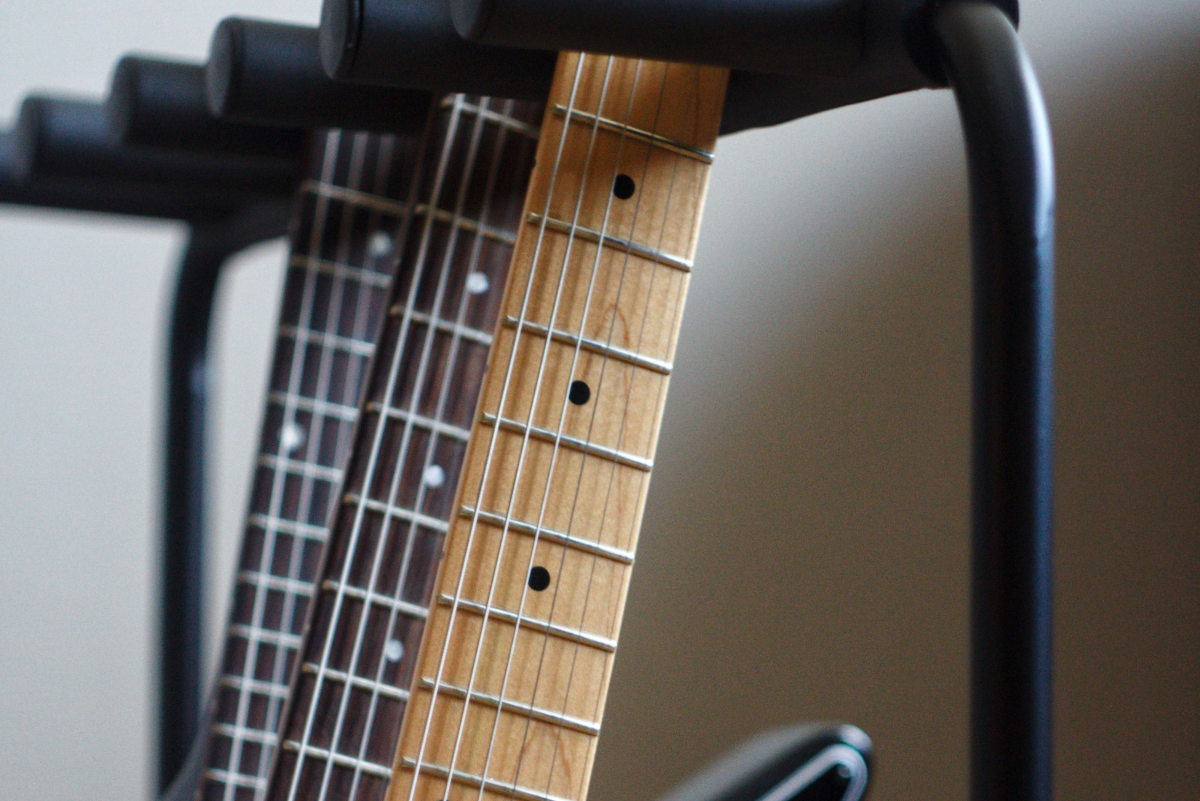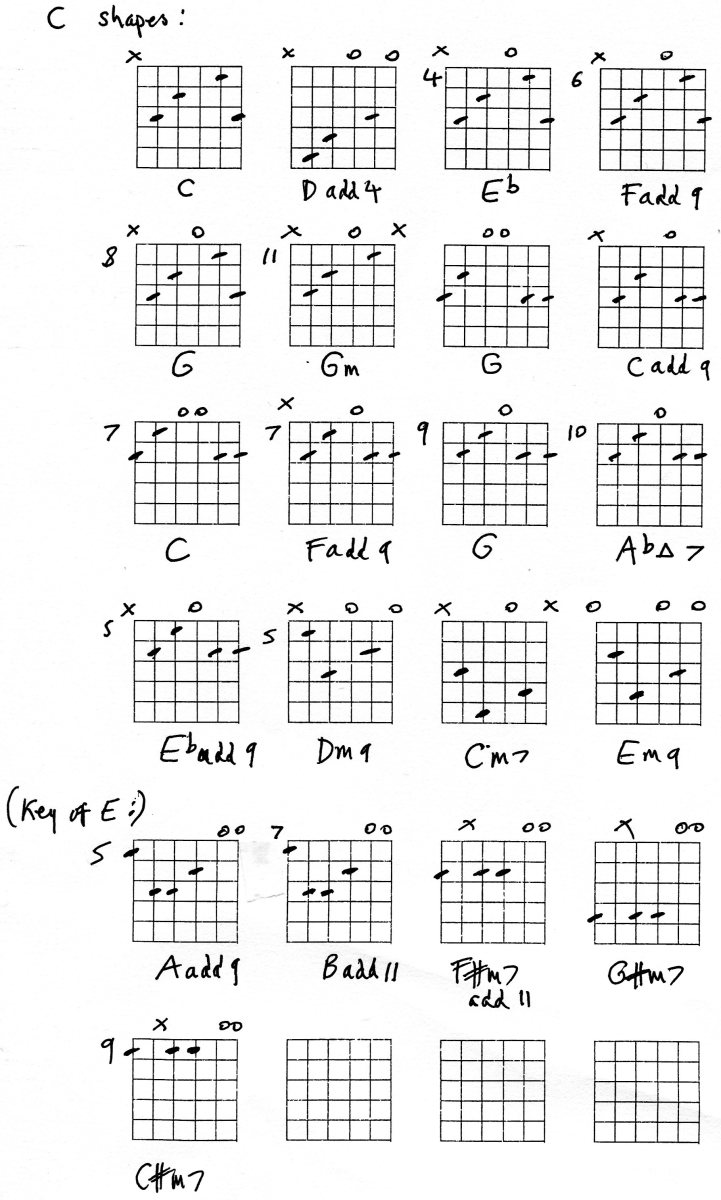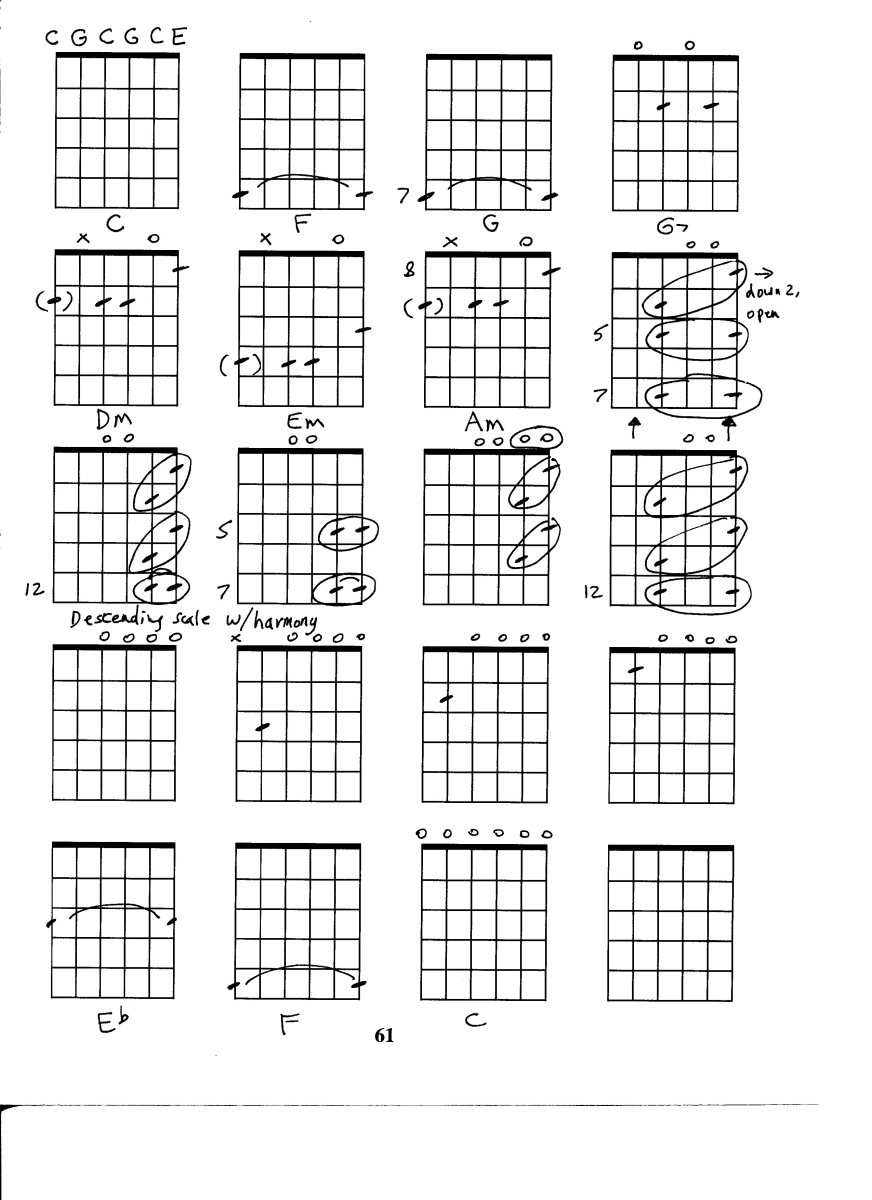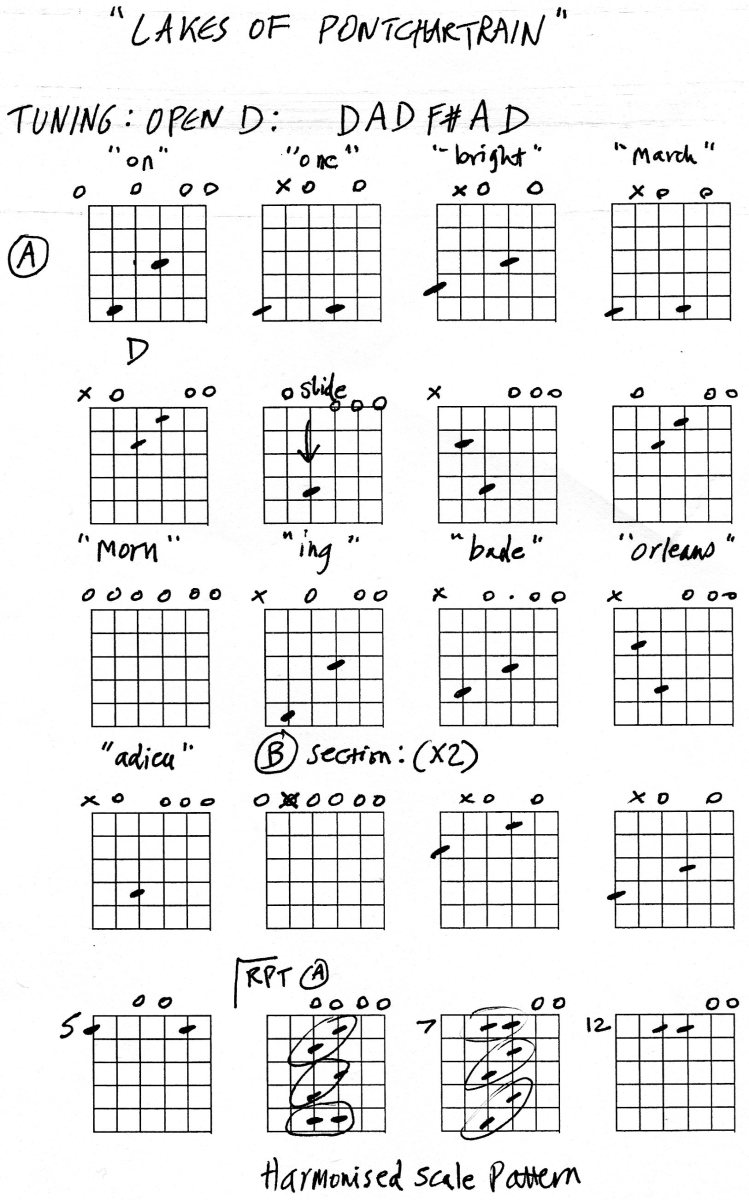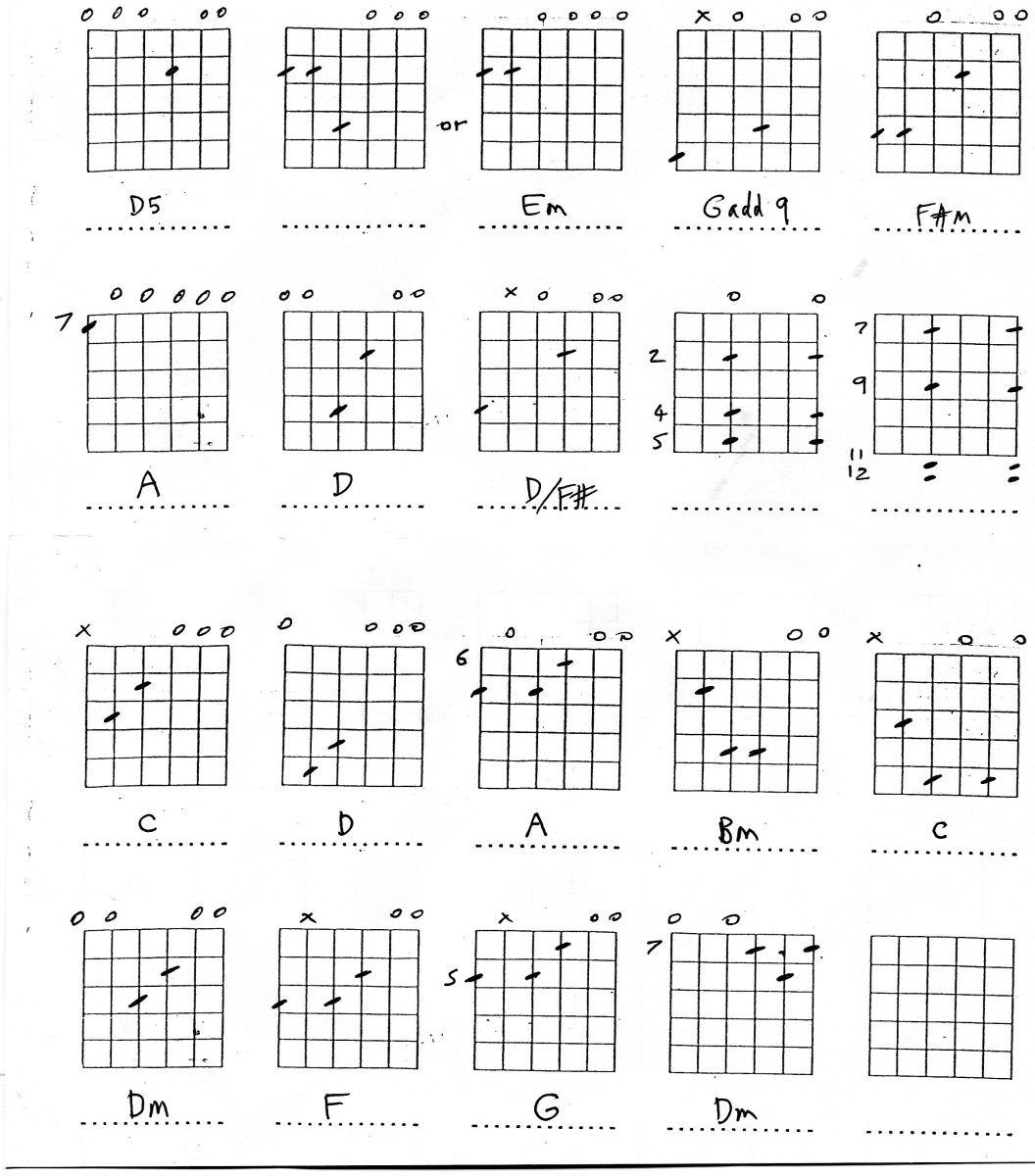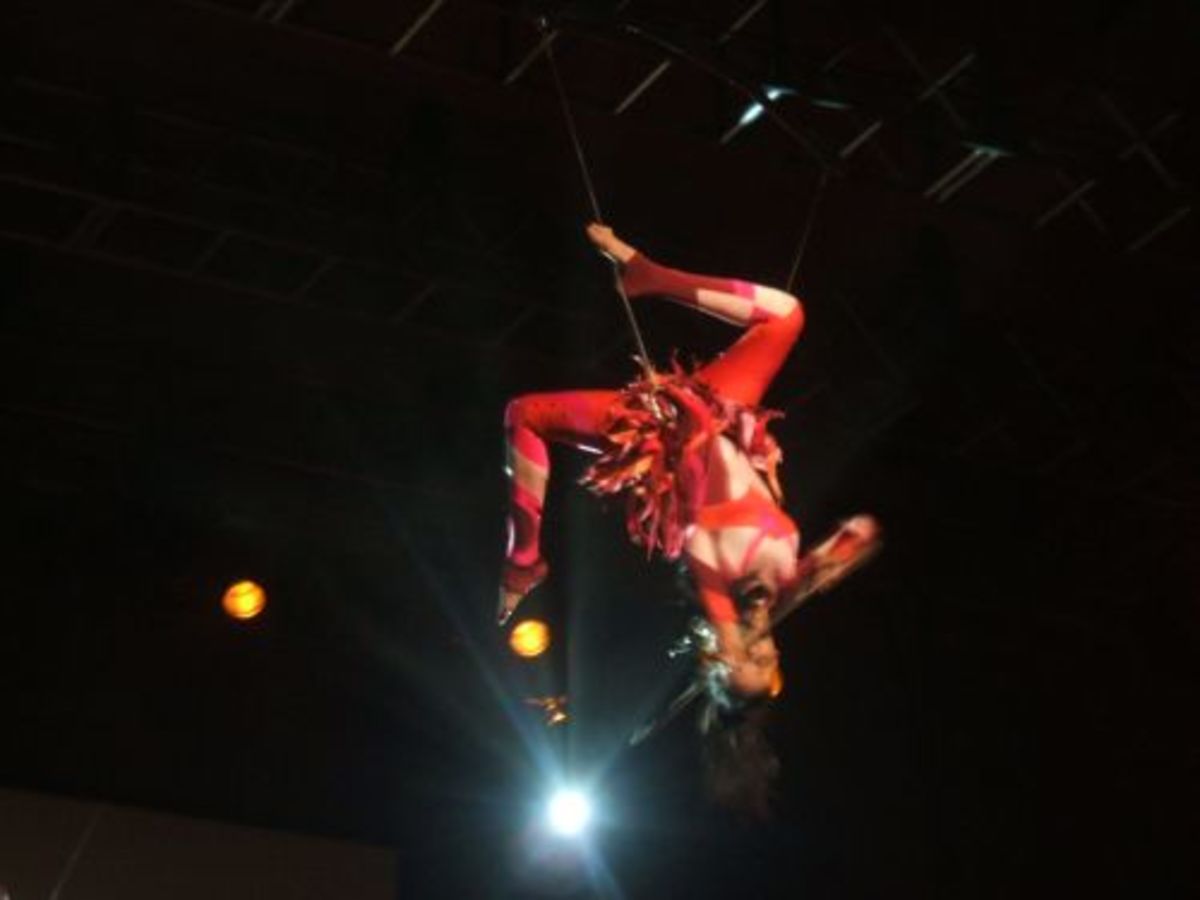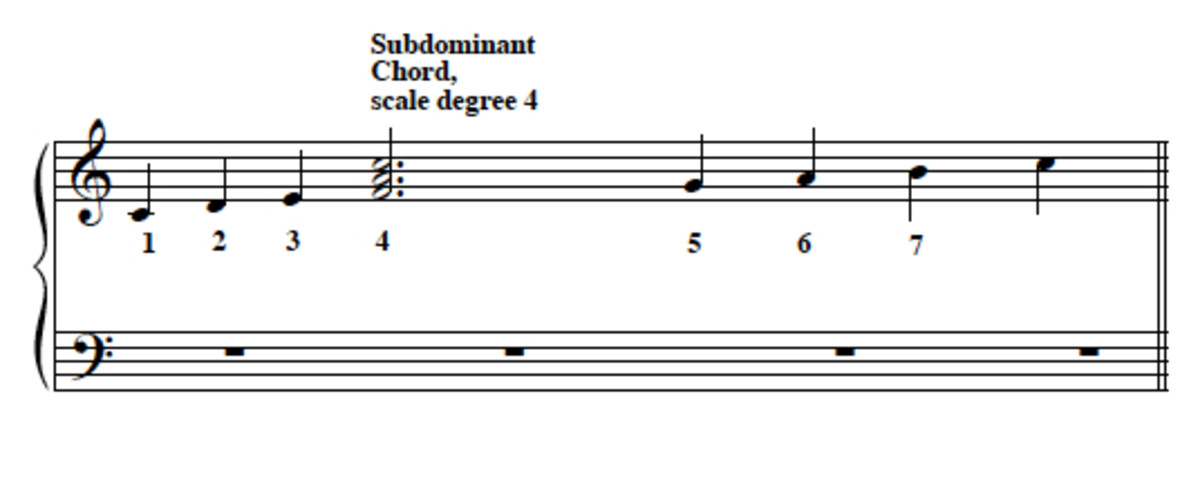How To Restring A Guitar - With Restringing Tips & Step Tuning Advice
It is important for all guitarists to learn how to restring a guitar. Properly maintaining a guitar is vital if the instrument is to keep it’s fresh sound, part of this is regularly changing the guitar strings. You can get this done professionally but it’s not difficult to change a set of guitar strings yourself. So now we will take a look at the basics of how to restring a guitar and change the guitar strings.
The first thing you need to think about is what new strings you will be putting on your guitar. There is a wide variety of different strings available and it’s important to select the best set to suit your guitar and personal preference. For a guide on how to buy guitar strings you can read this article and get some helpful tips.
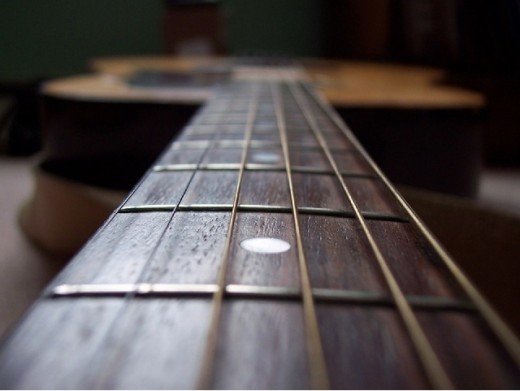
Restringing A Guitar
The first step to changing your guitar strings on either an acoustic guitar or an electric guitar is to remove the old strings. This is a pretty simple procedure that will not take long. Simply turn the tuning machine until the string starts to loosen. After a few turns the string will go slack and you will be able to unwind the string and remove it from the guitar. You just need to take the pin out that holds the bottom of the string in place. Simply repeat this with all six stings. When you have removed all the guitar strings it is a good idea to clean the neck of your guitar. You can buy special guitar cleaning fluid which will bring up a nice clean finish on your guitar and also not damage the guitar in anyway, these also help to maintain the guitar and keep it in good condition.
The next step is to start adding the new strings. Most people start with the low E and work their way down, however some prefer to start on the high E, there is no right or wrong way when it comes to doing this. Take your first string and thread the ball end of the string through the bridge and then secure the end in the hole using the little pin. Push the pin in firmly and make sure it is not going to pop out soon as your start tightening the string.
Next Up
Now run the string up the neck of your guitar and make sure it goes into the groove at the top of the neck. Now thread the top of the string through the hole in the tuning machine and pull it tight. Now bend the string back on itself as much as possible, this will prevent the string from slipping when you tighten it. Now start to turn the tuning machine in an anticlockwise direction, this will start to coil the string round and tighten it. It’s wise to keep some pressure on the peg at the bottom of your guitar to make sure this does not pop out.
As you turn the tuning machine the string will start to tighten up. As it does it will slip a few times, this is normal so don’t worry about it. Keep on tightening the string until it gets somewhere near to the correct note. Don’t tune the string correctly at this point, new strings stretch a great deal over the first few minutes so it will instantly go out of tune if you do try and tune it. It’s a good idea to pluck the string a few times just to stretch it out a little, however be careful on the lighter strings as tightening them to much to soon can often lead them to snap.
When you have added your first sting it’s simply time to repeat the process with the other strings. Take your time with this and when you get to the high E string make sure you don’t tighten it too fast as this could lead to it snapping. When you have got all the string in place and you have them all reasonably tight, you can then get some wire cutters and snip the ends of the string off. This is not essential but it does make the guitar look far neater. Be careful how you leave the strings as the bit you cut off will be very sharp, so make sure no sharp bits of string or sticking out from the top of your guitar.
Finally
When all the strings are in place and you have made sure all the pins at the bottom of your guitar are firmly in place it is now time to tune your guitar. Most people use an electric tuner for this but you can also do it by ear, although this takes a little more practice and skill.
Playing a guitar is a great creative outlet and if played well a guitar really can make a wonderful sound. However, even the very best guitar can start to sound old and tired if the string are not changed on a regular basis. It’s therefore important you learn how to restring a guitar and make sure you change guitar stings on a regular basis.
Other Helpful Guitar Links
- Where To Buy Acoustic Guitar Strings Online - Best Gauge Guide
If you are looking to buy acoustic guitar strings online then look no further. This guide will tell you the different types of acoustic guitar string, explain about the different acoustic guitar string gauges...




